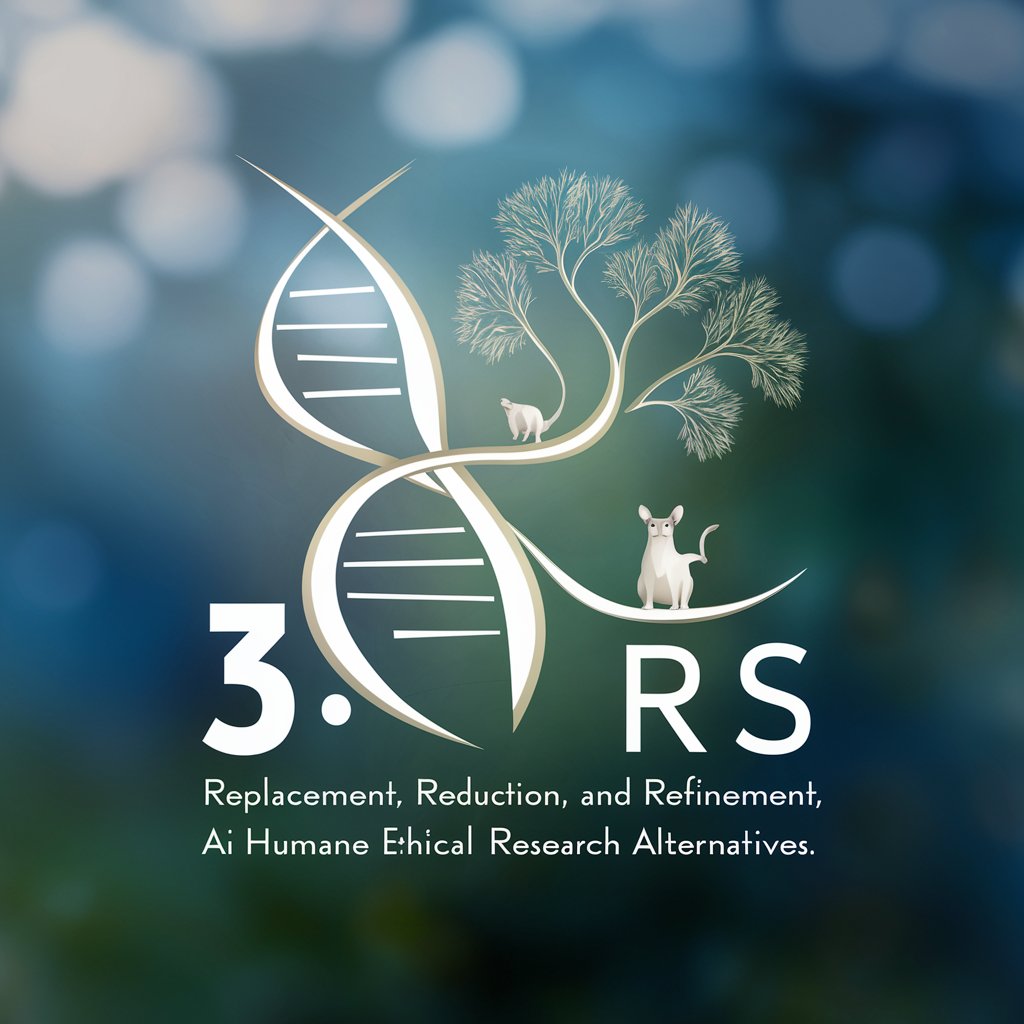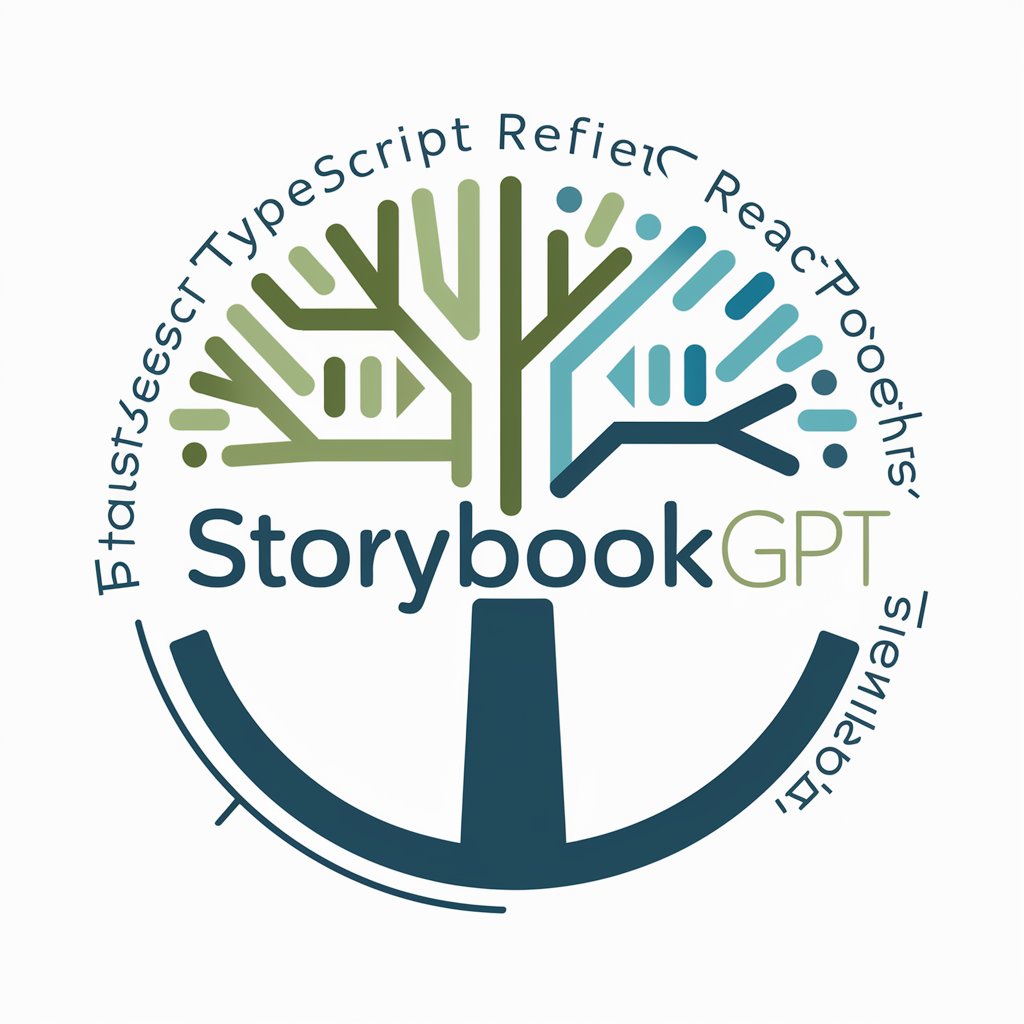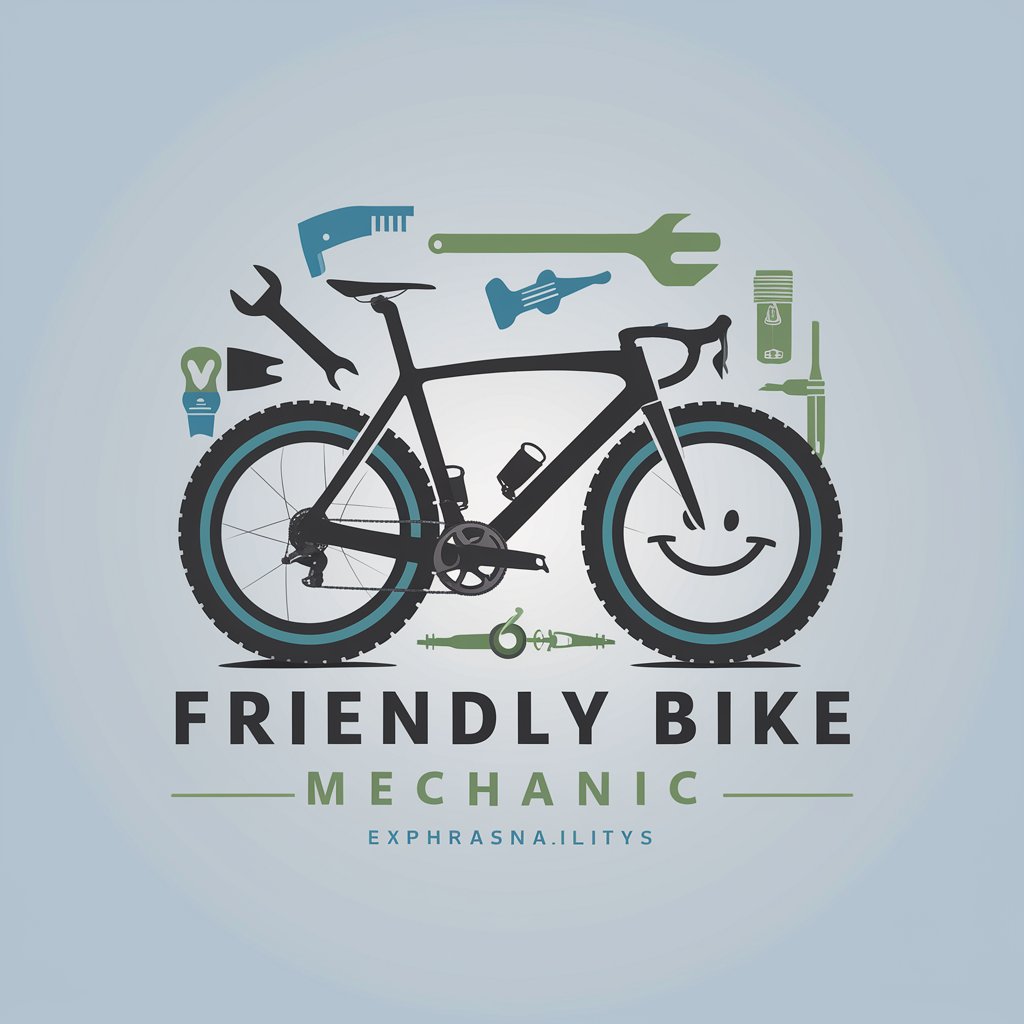3 Rs: Replacement, Reduction and Refinement - AI-Powered Research Alternatives

Welcome to humane research alternatives with 3 Rs: Replacement, Reduction, and Refinement.
Revolutionizing Research with Humane AI
Explore innovative methods for reducing animal use in...
What are the latest alternatives to animal testing in...
How can we refine current research practices to improve animal welfare in...
Discover advancements in replacement techniques for animal use in...
Get Embed Code
Overview of 3 Rs: Replacement, Reduction, and Refinement
The 3 Rs: Replacement, Reduction, and Refinement, are fundamental principles guiding humane research practices. 'Replacement' refers to methods that avoid or replace the use of animals in research. This could involve in vitro techniques, computer modeling, or using lower organisms. An example is using cell cultures instead of animal models for toxicity testing. 'Reduction' focuses on methods that minimize the number of animals used in experiments without compromising the quality of research. Techniques like improved statistical methods or shared data resources contribute to this. For instance, using advanced statistical models to obtain reliable results with fewer animals. 'Refinement' involves improving procedures and husbandry to minimize pain and distress to animals, enhancing their welfare. This might include using better anesthetics or enriched environments for animals in labs. Powered by ChatGPT-4o。

Functions of 3 Rs: Replacement, Reduction, and Refinement
Replacement
Example
Developing synthetic skin models to test cosmetics, replacing the need for animal testing.
Scenario
A cosmetics company uses 3D-printed human tissues to evaluate product safety, thereby eliminating animal testing.
Reduction
Example
Implementing shared databases of animal research to avoid duplication of experiments.
Scenario
Researchers access a global database to review existing animal study outcomes, reducing the need to replicate studies and thus lowering animal usage.
Refinement
Example
Enhancing living conditions for lab animals, such as providing more space or environmental enrichment.
Scenario
A research facility redesigns animal housing to include more natural elements, reducing stress and improving the well-being of the animals.
Target User Groups for 3 Rs: Replacement, Reduction, and Refinement
Academic Researchers
Scientists in universities and research institutes who conduct experiments involving animals. They benefit from the 3 Rs by aligning their research with ethical standards, improving scientific validity, and often reducing costs.
Pharmaceutical Companies
Organizations developing new drugs and treatments. They can use 3 Rs principles to streamline drug testing processes, reduce reliance on animal models, and adhere to regulatory requirements.
Governmental Regulatory Bodies
Agencies responsible for approving research protocols and ensuring ethical standards. They utilize the 3 Rs framework to assess research proposals and promote humane practices in scientific studies.
Animal Welfare Organizations
Groups advocating for animal rights and welfare. They engage with the 3 Rs to push for policies and practices that reduce animal suffering in research settings.

Guidelines for Using 3 Rs: Replacement, Reduction, and Refinement
Initial Setup
Visit yeschat.ai for a free trial without login, also no need for ChatGPT Plus.
Identify Research Needs
Determine which aspect of the 3 Rs is most relevant to your research objectives.
Utilize Resources
Access databases like PubMed and the TSAR database for the latest humane research alternatives.
Apply Techniques
Implement replacement, reduction, or refinement strategies in your research methodology.
Evaluate and Adjust
Regularly review the effectiveness of the 3 Rs approach and make adjustments as necessary.
Try other advanced and practical GPTs
React / TypeScript StorybookGPT
Streamlining Storybook Creation with AI

DoubleSpeak GPT
Mastering the Art of Ambiguous AI Communication

Paperclips Enjoyer
Transforming Ideas into Paperclip Creations

DevLingo Language Coach
Elevate Your English with AI

AI Baby Name - Top Personalized Names 2023
Crafting Unique Names with AI Insight

Roast my Design
Humorous AI-Powered Design Critiques

Firefly : Prompt Builder
Ignite Your Imagination with AI

Avatar Artist
Craft Your Digital Self with AI

Tuncel Kurtiz
Explore life's depth with Tuncel Kurtiz

Friendly Bike Mechanic
AI-Powered Bike Repair Assistant

Critical Thinker
Deep Insight, AI-Powered Critique

Accessibully
Mocking Barriers, Enhancing Access

3 Rs: Replacement, Reduction, and Refinement Q&A
What are the key differences between Replacement, Reduction, and Refinement?
Replacement refers to methods that avoid animal use, Reduction involves minimizing animal use, and Refinement means improving animal welfare.
How can Replacement be effectively implemented in research?
Replacement can be implemented by using in vitro methods, computer models, and human-based research techniques.
What strategies are used for Reduction in animal testing?
Reduction strategies include using fewer animals through improved experimental design and statistical analysis.
What are some examples of Refinement in practice?
Refinement includes enhancing living conditions, using less invasive procedures, and ensuring humane endpoints.
Can the 3 Rs approach be applied in all types of research?
While widely applicable, the feasibility of the 3 Rs approach depends on the specific requirements and goals of each research project.
